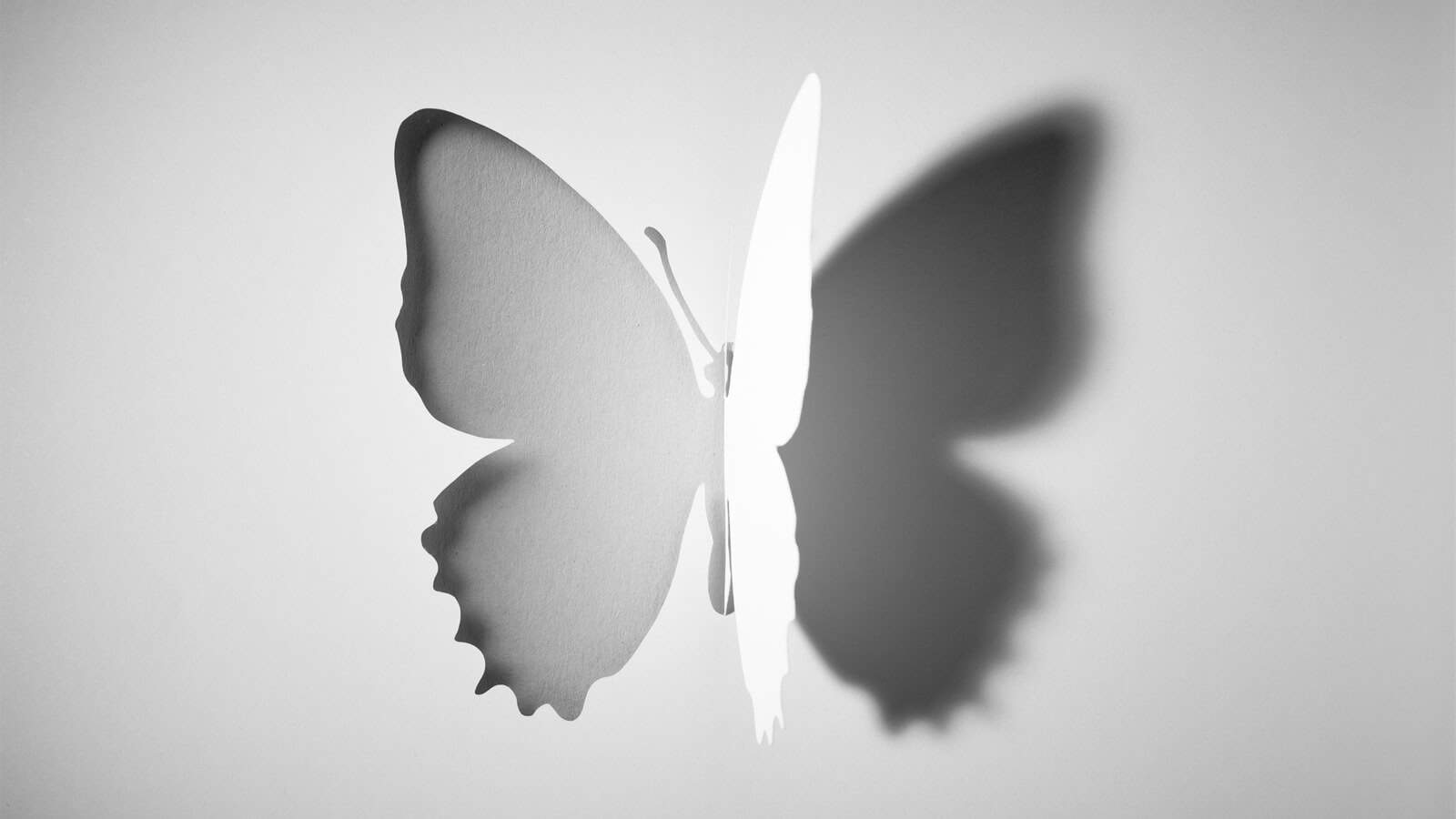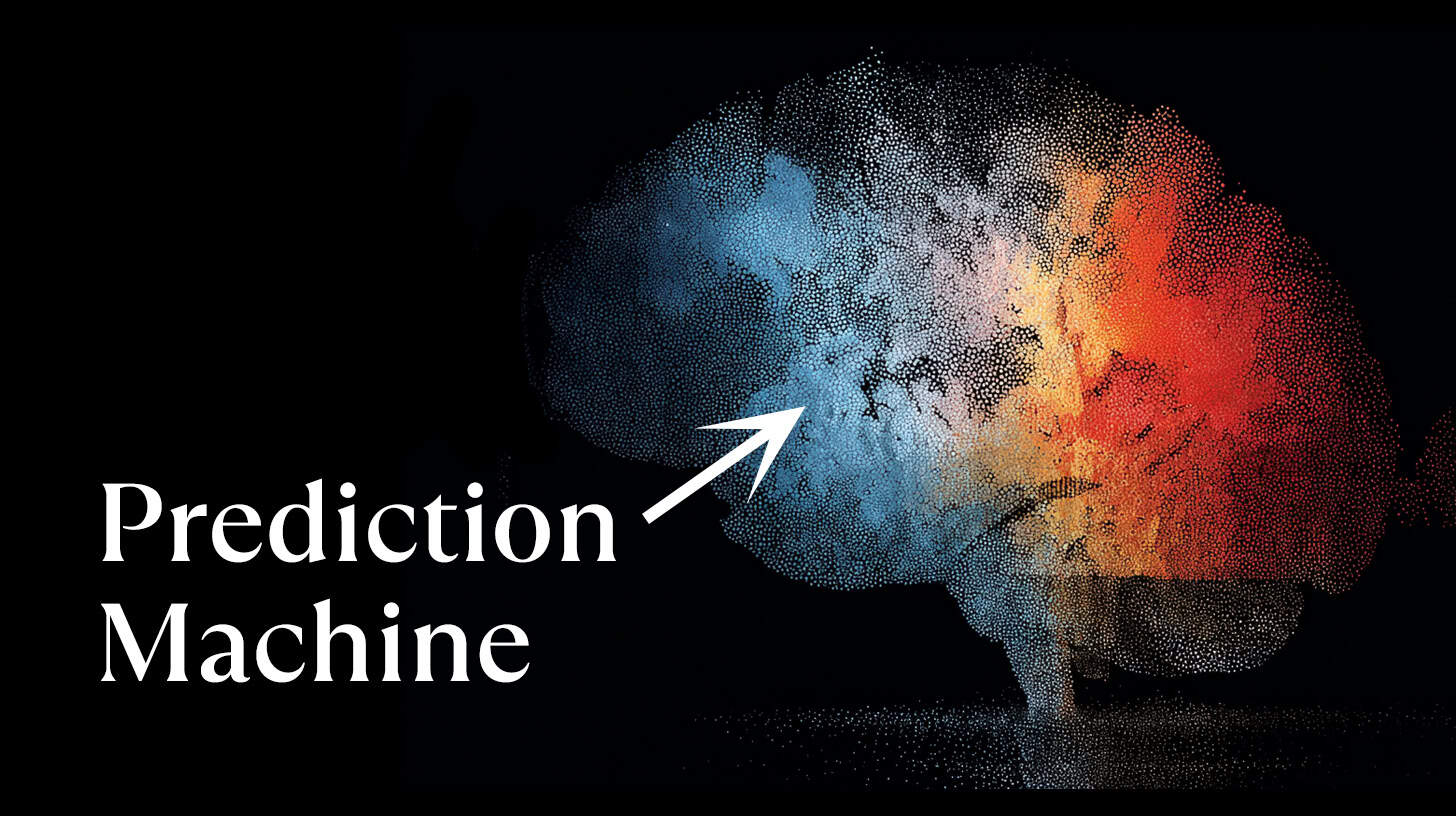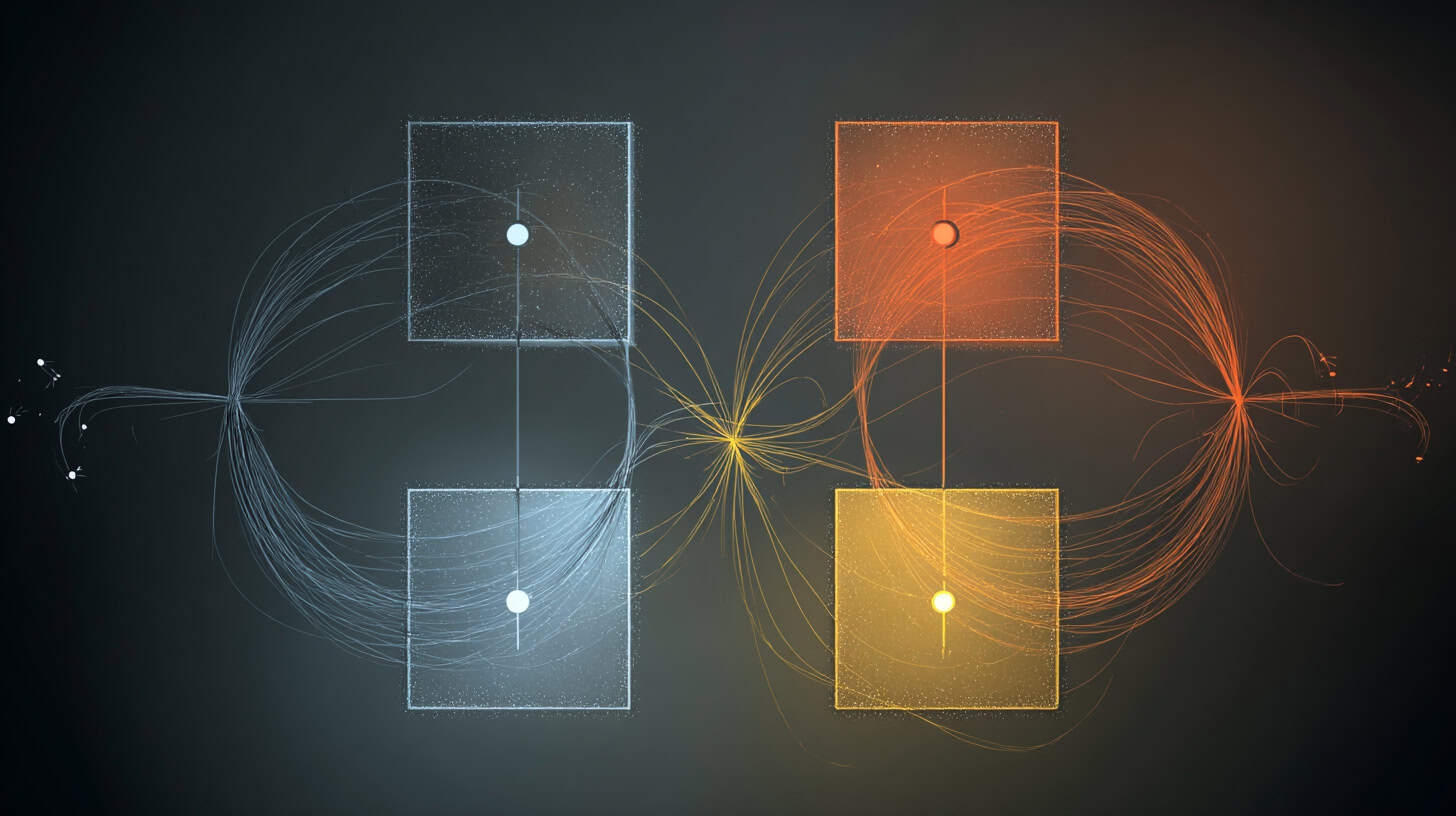r. Keith and Corey shine some light on the many sorts of shadow material we can encounter during our developmental journey, and how we can use our own shadows to help guide us toward the light.
Text by Dr. Keith Witt
Freud
Freud wanted psychoanalysis to be a science, which was a brilliant attempt to bring interiors into psychology in a secular way. Unfortunately, like many founders, he couldn’t help himself from reifying his constructs rather than expanding them into a wider embrace as more perspectives and data were generated by others. He became unconsciously invested in protecting his theories rather than allowing them to grow and develop. For instance, he refused to budge on:
- The libido is man’s animal nature struggling to come out through the constraints of human socialization.
- The libido is dark, chaotic, violent, lascivious, and with no self-organizing positive character.
- The ego and superego are essentially in opposition to the libido.
Jung
Jung, the son of a minister, felt Freud’s rejection of the mystical as wrong, and brought it back into psychoanalytic theory with his understandings of the collective unconscious, the archetypes, and especially Shadow. Jung considered Shadow to be the forbidden parts of us we deny, that we resist and push deeper out of awareness. He understood destructive Shadow as “Evil,” a mostly amber construct that he was comfortable with as a secular descriptor. Our defenses deny evil in ourselves (suppress and repress), and then project that evil onto others whom we are moved to objectify, exploit, and attack — projective identification, which can happen interpersonally with a lover or collectively between nations or ethnic groups.
Ken Wilber
Ken Wilber expanded Jung’s ideas of Shadow into Integral’s core understanding of structure stage development. Material that is repressed or suppressed becomes “It,” instead of “Me,” or “Mine.” This “It” material is dissociated from our sense of self, which prevents us from first identifying with it (this is “Me” that I resist acknowledging and accepting), and then appropriately disidentifying with it in our vertical development. This refusal to see and acknowledge dark aspects of self leads to dissociated blindspots of defenses that slow vertical development and compromise horizontal health.
Wilber believes a signature achievement of psychoanalysis was to create a technology of progressive discovery of these dissociated “Its” through zone 2 historical inquiries. Such discoveries can enable people to turn “Its” into “I’s, me’s, and mine’s” which then allow for true integration and transformation.
Interpersonal neurobiology
Interpersonal neurobiology has revealed that we have an adaptive unconscious that processes data instantly and generates feelings, impulses, and stories to guide our conscious selves.
Further, this adaptive unconscious is exquisitely relational in nature, shifting constantly in response to the neuroception of social safety or danger. If our adaptive unconscious interprets social danger, it shifts to fight/flight/freeze feelings, impulses, memories, and stories.
This understanding has brought evolutionary psychology and complex relationships between the instincts, social learning, habits of response and consciousness, and conscious awareness into our understanding of Shadow.
Unfortunately, modern psychology, including interpersonal neurobiology, is largely unaware of structures stages, and particularly the lines/levels, structure stages, and state stages that are so central to Integral understanding.
Shadow Light: Illuminations at the Edge of Darkness
All these perspectives come together in coherent and practical framework that I’ve presented in Shadow Light. I see the adaptive unconscious as our Shadow selves, comprising all that we are not aware of. In response to the drives, defenses, learning, and interior/exterior social cues, our Shadow self constantly floods upward into our conscious awareness in the forms of feelings, impulses, memories, stories, and associations, guiding us for better or worse.
Perceived threat — especially social threat — activates defensive states of amplified or numbed emotions, distorted perspectives, destructive impulses, and diminished capacities for empathy and self-awareness. These states — defensive programs — tend to be rigid, and rigid programs are rarely the best guides. Defensive states are destructive Shadow rising up to drive us towards separation and violence (in the service of primitive efforts to insure physical and social survival).
Safety and social engagement usually activate states of healthy response to the present moment—constructive Shadow rising up to help us survive, thrive, and relate. In Jung’s and Wilber’s systems, this constructive material is sometimes referred to as, “Golden Shadow.”
Integrating destructive Shadow into more coherent self with compassionate understanding and right action is at the heart of all psychotherapy. Compassionate understanding both identifies with and dialysizes destructive Shadow into constructive integration. It reflects the Integral “It into me or mine” dynamic of the 3-2-1 process.
To Integrate destructive Shadow, we need to first identify with it, which can be tricky since we have destructive Shadow material through all our include and transcend worldviews. It can be liberating and useful just to track your own destructive Shadow through the Spiral.
Music by Justin Miles and Stuart Davis
Previous Episodes of Witt & Wisdom
Bayesian Psychology: Your Brain Is a Lying Prophet
 Dr. Keith Witt
Dr. Keith Witt
 November 12, 2025
November 12, 2025
Cybernetics and the Intelligence of Love
 Dr. Keith Witt
Dr. Keith Witt
 October 10, 2025
October 10, 2025
The Dopamine Revolution: From Human Evolution to Modern Crisis
 Dr. Keith Witt
Dr. Keith Witt
 September 12, 2025
September 12, 2025
The Magic Mirror: How AI Is Reshaping Your Mind
 Dr. Keith Witt
Dr. Keith Witt
 August 4, 2025
August 4, 2025

Become a member to access the full episode
Start building your big picture mind & support the global emergence of Integral consciousness

“Integral Life is the most important and globally-relevant platform for the leading edge of Integral consciousness evolution”
– Eugene P.
About Keith Witt
Dr. Keith Witt is a Licensed Psychologist, teacher, and author who has lived and worked in Santa Barbara, CA. for over forty years. Dr. Witt is also the founder of The School of Love.
About Corey deVos
Corey W. deVos is editor and producer of Integral Life. He has worked for Integral Institute/Integal Life since Spring of 2003, and has been a student of integral theory and practice since 1996. Corey is also a professional woodworker, and many of his artworks can be found in his VisionLogix art gallery.





